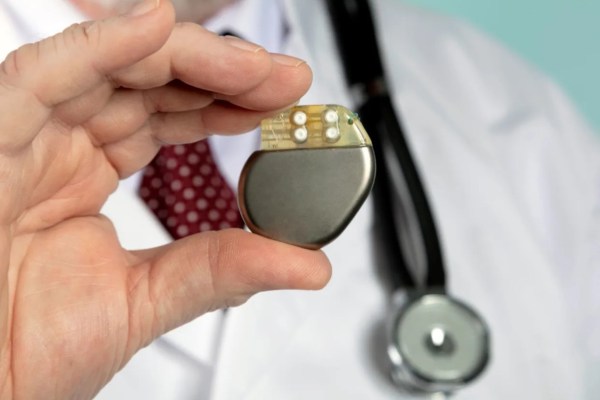Although humanity was hoping for a more optimistic robotic future in the post-war era, with media reflecting that sentiment like The Jetsons or Lost in Space, we seem to have shifted our collective consciousness (for good reasons) to a more Black Mirror/Terminator future as real-world companies like Boston Dynamics are actually building these styles of machines instead of helpful Rosies. But this future isn’t guaranteed, and a PhD researcher is hoping to claim back a more hopeful outlook with a robot called Blossom which is specifically built to investigate how humans interact with robots.
For a platform this robot is not too complex, consisting of an accessible frame that can be laser-cut from wood with only a few moving parts controlled by servos. The robot is not too large, either, and can be set on a desk to be used as a telepresence robot. But Blossom’s creator [Michael] wanted this to help understand how humans interact with robots so the latest version is outfitted not only with a large language model with text-to-speech capabilities, but also with a compelling backstory, lore, and a voice derived from Animal Crossing that’s neither human nor recognizable synthetic robot, all in an effort to make the device more approachable.
To that end, [Michael] set the robot up at a Maker Faire to see what sorts of interactions Blossom would have with passers by, and while most were interested in the web-based control system for the robot a few others came by and had conversations with it. It’s certainly an interesting project and reminds us a bit of this other piece of research from MIT that looked at how humans and robots can work productively alongside one another.


















